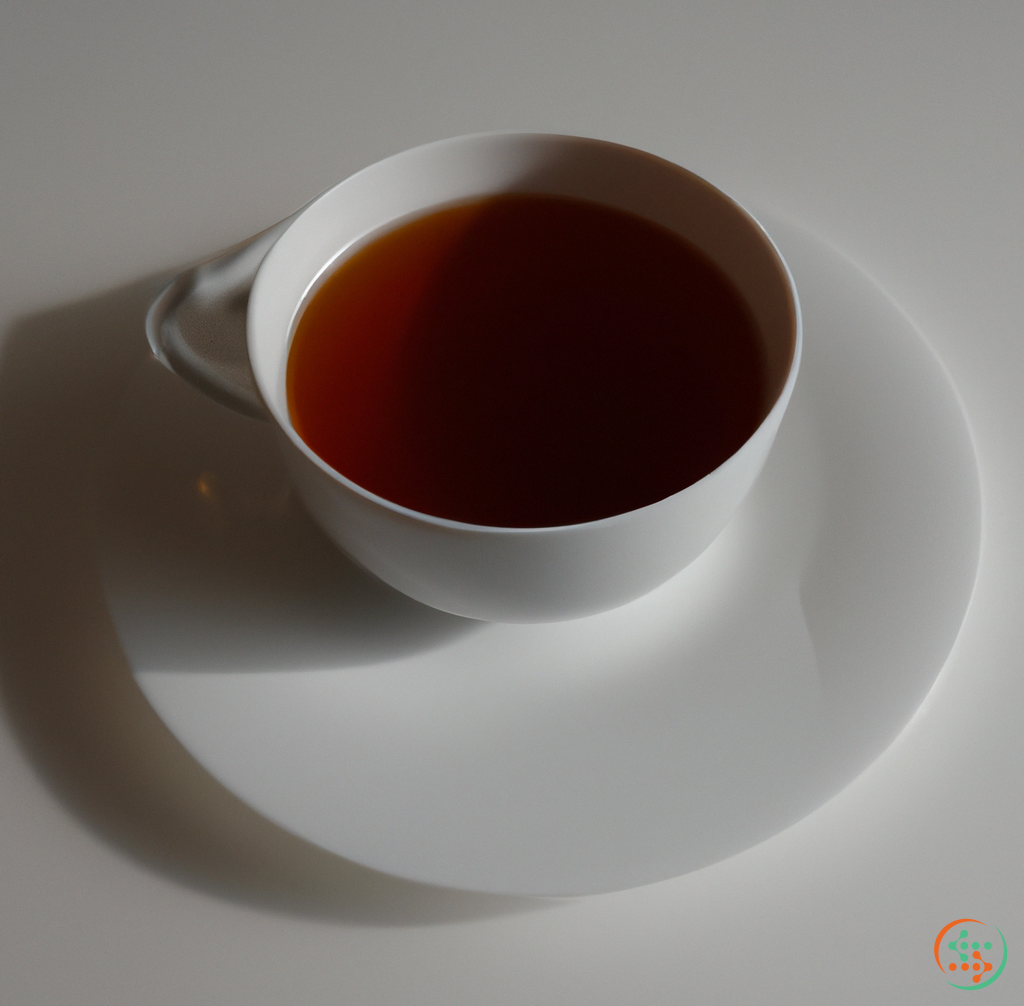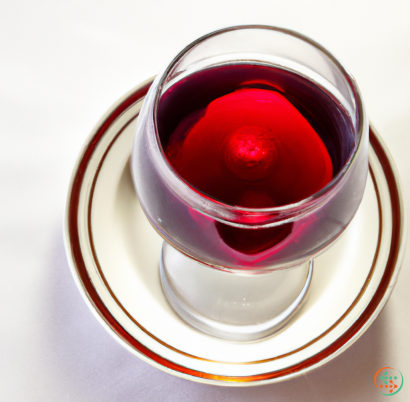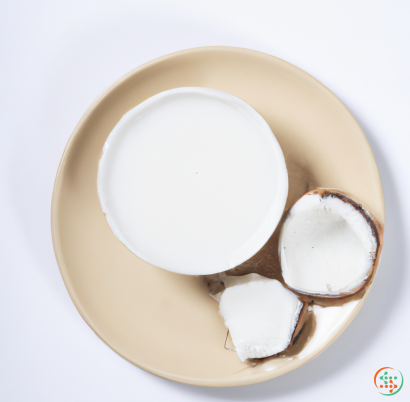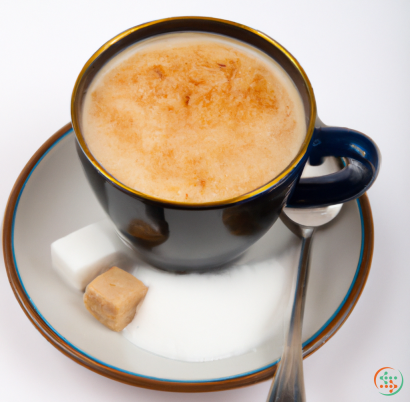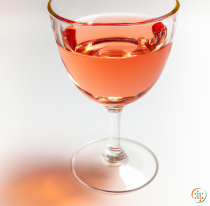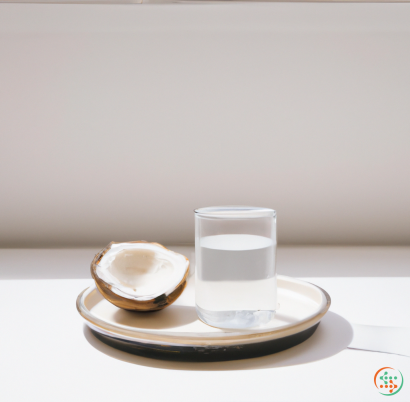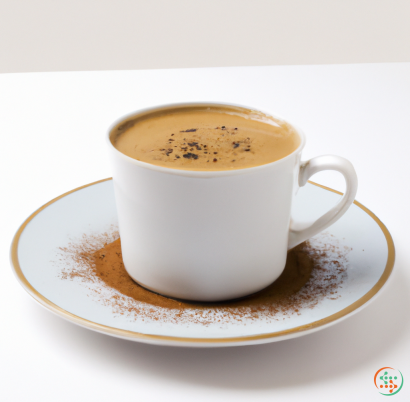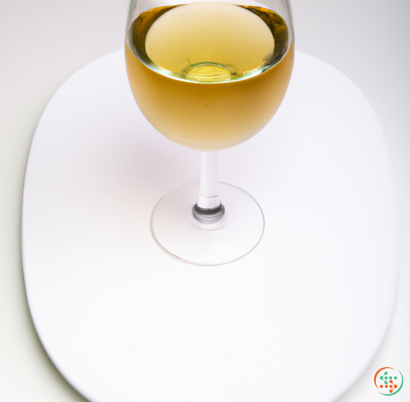Black Tea
Black tea is one of the most popular types of tea around the world and has been enjoyed for centuries. While other types of tea have been around for longer, black tea has made its mark in recent years as a staple in many cultures. As a whole, black tea can be described as bold and full-bodied with a robust flavor. That said, many of the most popular black tea varieties are known to have a malty and slightly sweet flavor.
If you’ve ever taken a sip of a brewed black tea, you’ll notice that it has a more earthy, woody taste compared to the other types, as well as a dark amber hue. If you’re taking your black tea with milk, then you’re likely to encounter an inviting and creamy taste.
It’s important to understand that all black teas are created differently. Some are heavily roasted and more brisk, while others are pan-fired for a sweeter and smoother flavor. The specific tea leaf and their processing will always have an impact on the taste and aroma of the tea, so it’s beneficial to familiarize yourself with the various tea leaf cultivars.
The most beloved black teas are typically from East Asia and India. Those from India are known for being rich, spicy, and robust. Examples include Assam Black Tea, Darjeeling Black Tea, and Nilgiri Black Tea. East Asian teas are generally more mellow and slightly smoky and include varieties such as Pu-erh and Lapsang Souchong.
But how exactly is black tea made? In order to begin the process, tea leaves are plucked and then withered, which involves exposing them to low heat and humidity to bring out their aromatic oils and reduce moisture content. Next, they’re rolled and crushed to break down and release the flavor components.
The leaves are then oxidized, a process whereby they’re exposed to oxygen to turn their cell structure dark brown and create the familiar bold and earthy taste profile. Lastly, the leaves are sorted, dried, and packed, then ready for sale.
There are many different ways to drink black tea. The most traditional way is to simply steep a teaspoon of black tea leaves in boiling water for a few minutes and enjoy the beverage at its most natural state. You can also experiment with various temperatures, steeping times, and even add in seasonal spices to bring out unique notes and aromas to your tea drinking experience.
Black tea is also commonly used as a base for flavored and scented teas, often with added ingredients such as herbs, fruits, flowers, and spices. The additional ingredients are meant to complement the natural black tea flavor and can be combined in countless ways to create a variety of drinks.
Aside from its delicious taste, drinking black tea also offers health benefits. According to a recent study, black tea has been shown to help lower “‘bad’” cholesterol, which can reduce your risk of heart disease. It’s also known to contain antioxidants that can reduce inflammation and aid in digestion. As with all teas, it’s important to remember to also watch your caffeine intake if you are sensitive to it.
In conclusion, black tea is a classic type of tea that has been consumed around the world for centuries. This tea is usually composed of a robust flavor with a malty and slightly sweet taste that’s brought out through proper processing. You can enjoy this beverage in its purest form, or choose to combine it with other ingredients for a flavorful and aromatic experience. Making the time to brew a cup of black tea can also come with some health benefits, so it’s well worth the effort. So next time you have time for a break, why not try a cup of black tea?
The black tea that travels from a garden to a dinner plate is part of a long and fascinating journey. From the harvesting of fresh tea leaves to the post-curing stages, many different steps and processes must be taken to ensure the highest quality black tea arrives at your plate.
What is Black Tea?
Black tea is created through a complex process involving several stages of oxidation. It is a type of tea that is “fully-oxidized”, meaning all of the original water-soluble components of the leaves are converted into more stable compounds. This results in a strong, hearty flavor and dark color of black tea. The growing process as well as the tea-making processes vary between different black tea types and can be either complicated or simple, depending on the desired outcome.
Tea Growing
All tea begins in the garden and this is where the process of making black tea really gets underway. Tea plants are sensitive to their environment, so the garden and growing conditions will have a direct influence on the tea’s final product. The climate the plant is grown in greatly impacts the flavor of the tea. Most tea plants are grown in areas with high rainfalls and mild temperatures, such as India and China. Of course, there are also techniques for growing tea plants in other parts of the world.
Harvesting
Once the tea plants have matured, it is time to harvest the leaves. Usually, the young leaves of tea plants are harvested to produce black tea. This can be a labor-intensive process, and tea leaves must be harvested promptly when they reach maturity. The two main types of harvesting are plucking and shearing. Plucking involves picking the youngest two leaves plus the bud of each plant, whereas shearing takes off the top two-thirds of the plant’s foliage. The chosen method of harvesting will depend on the desired outcome of the final tea leaves.
Inspection
The next step is the inspection of the tea leaves. At this stage, any damaged leaves or undesirable pieces such as stems and twigs are discarded. After appropriate sorting, the tea leaves are usually weighed and categorized into groups according to grade (e.g. Pekoe, Souchong, and Congou).
Withering
Once the tea has been harvested, it needs to go through a stage of withering. Withering is the most important process for black tea production, as it removes moisture and reduces the leaf size by about 63-70%. This strengthens the cell walls of the tea leaves and helps break down the proteins in the tea leaf. This process also sets the orientation of the tea leaves later during the rolling.
In the withering process, the tea leaves are spread out in a thin layer on large trays. Trays are strategically moved around to attain the optimal temperature and air flow for withering. Mechanical withering is also possible where factory-fitted fans and heaters are used to help the process.
Oxidation
This is a vital stage for black tea production. Oxidation is the process that transitions green tea into black tea. During this oxidation stage, the enzymes in the tea break down and transform the tea’s color, flavor, and aroma. Oxidation can be done in various ways, but the “open air” method is most commonly used. This involves turning the tea leaves in the open air. Typically, the oxidation process is finished in 90 minutes.
Firing
The oxidized tea leaves need to be heated to stop the oxidation process and to prevent them from spoiling. This is known as “firing” and is typically done using large iron pans. Fire triggers reactions within the tea leaves which create the reddish-brown color and characteristic flavor of black tea. The firing process usually takes 15-20 minutes.
Rolling
The next step is rolling, which plays an essential role in the production of black tea. Here, the tea leaves are rolled, shaped, and twisted in order to decrease the size and create intricate patterns within the leaves. After rolling, the tea leaves are broken down into several grades and then sorted.
Sorting
The sorting process is crucial for black tea production as it helps ensure only the best ingredients reach your cup. At this stage, the tea leaves are sorted and assessed on the basis of size, shape, and color. Any undesirable leaves are separated from the perfect ones.
Drying
Following the sorting, the tea must be dried in order to reduce its moisture content. Drying is typically done under direct heat and can accelerate the oxidation process. This is why drying must be done carefully. The tea leaves are dried in a controlled environment until they reach the desired moisture level of 3-4%.
Post-curing
The final process is the post-curing, including sifting, blending, and packaging. During this process, the tea leaves are sifted and sorted by vibro-sifters. Then, the tea is sent for final blending and packaging. The tea is poured into sealed bags and placed in boxes to be shipped out to various tea stores and retailers.
The Journey from Garden to a Dinner Plate
Black tea begins it’s journey in the garden with careful harvesting and inspection of the tea plants. It is then withered, oxidized, fired, rolled, sorted, dried, and post-cured before it is ready to be served. These multiple procedures ensure that only the highest quality tea reaches the cup of your dinner plate. With all the complexity of the journey, it is no wonder that a cup of tea can bring great comfort and relaxation!
| Sodium | 0.002 grams |
Daily Value 2.3 g
|
| Total Sugars | 0 ug |
per 100g
|
